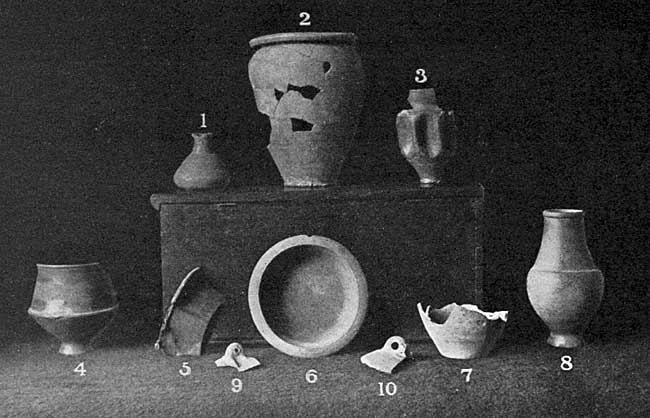
PLATE III. Romano-British pottery, found at Brough. Mouths of amphorae, fragments of mortaria, etc.
PLATE III.
Figs. 1 & 2. Mouths of Amphorae or wine jars (diameters 27/8 ins, and 7 ins.) Long vessels pointed at the base to fit into wooden or iron stands or into the ground. (Roman Carleon plate ix., Corinium p. 81.)
Fig. 3. A jar of stone coloured ware (height 3j ins.) of unusual design.
Fig. 4. Vase of grey ware ornamented with a yellowish “slip” pattern.
Fig. 5. Handle of amphora stamped with the maker’s name II. AVR HER PAT E . . . . The whole inscription. is given by Hübner in his Corpus Inscriptionum Latinarum as follows :—
IT AVR HERACLE PAT ET FIL F BAR.
(Perhaps “The firm of the Aurelii of Heracla father and son made it at (?) Bari,” The II is certainly a numeral and probably indicates a partnership—corresponding to the modern “& Co.”
This inscription was found also on the die of an amphora at Catterick (Cataractonium ) Yorks, in 1708. It has also been found near Rome.
Figs. 6, 7, 8, 9. Fragments of mortoria, vessels used for pounding. They are usually of a yellowish ware. Fragments of flints and pebbles are mixed with the clay to increase the hardness. The mouth for pouring is shown in fig. 7. This mortar has the potter’s name on the rim CICVR(us) F(ecit). The vermilion stripes on fig. 9 are curious.
Fig. 10. Neck of a grey jar with roughly formed thumb moulding under the rim.
